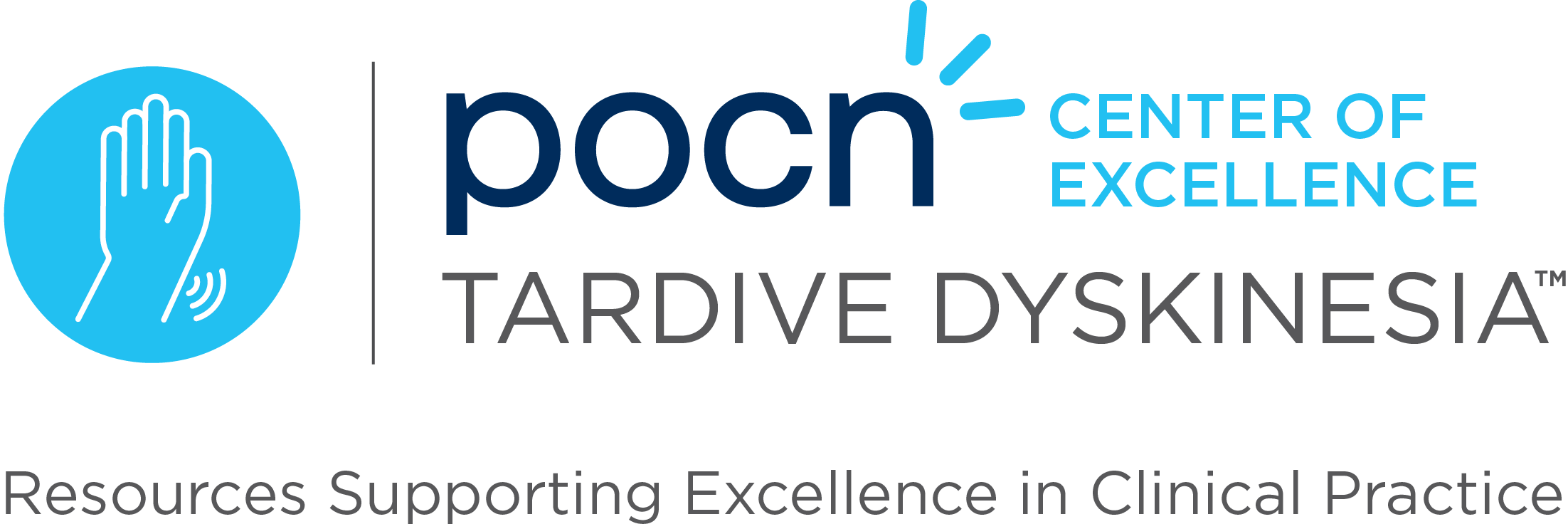Tardive dyskinesia (TD) is often underrecognized in long-term care despite its substantial impact on older adults, many of whom are prescribed antipsychotics for various conditions. These medications, frequently used beyond their original indications, can trigger TD even after short-term or low-dose exposure. With a growing population of residents with chronic mental illness and extended antipsychotic use, regular screening—such as with the Abnormal Involuntary Movement Scale—is essential. It’s equally important to distinguish TD from other movement disorders like dystonia or akathisia, as their treatments may worsen TD.
TD symptoms can range from subtle facial movements to more disabling limb or trunk motions, often interfering with daily activities and contributing to isolation. Many residents experience a decline in independence, and caregivers also report emotional and functional burdens. The RE-KINECT study reinforces this dual impact. Fortunately, FDA-approved VMAT2 inhibitors offer effective treatment, even in older adults. As seen in the case of Sophia, early intervention can significantly improve both physical symptoms and emotional well-being. Collaboration among clinicians and caregivers is key to identifying TD early and restoring quality of life.
Reference: Patel A, Whitt T. Burden and Impact of Tardive Dyskinesia (TD) in Older Adults in Long-Term Care Settings. Caring for the Ages. 2025;26(3):16-17. doi: 10.1016/j.carage.2025.04.016.


